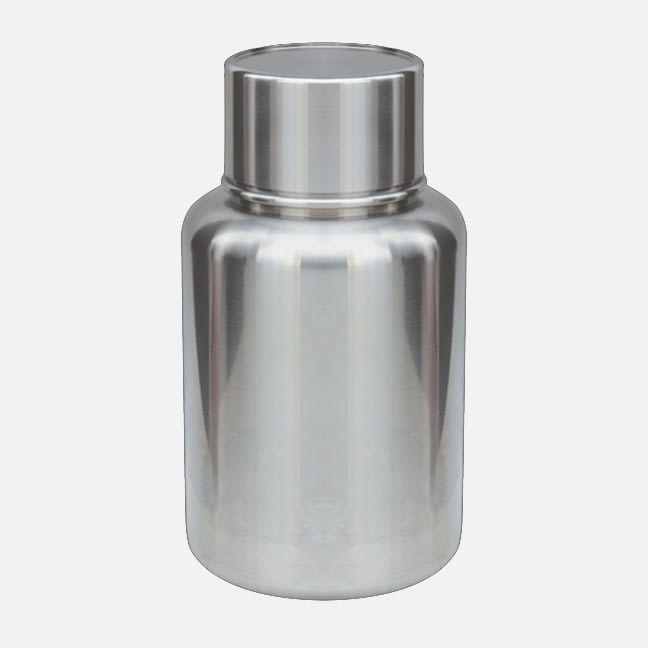Iran Teófilo do Espírito Santo (Mococa, SP, 1963). Multimedia artist, draftsman, sculptor, engraver. In 1986, he graduated in Art Education from Fundação Armando Álvares Penteado (Faap/SP), where he took classes with artists Nelson Leirner (1932) and Regina Silveira (1939) and approached artists such as Ana Tavares (1958) and Mônica Nador (1955). He thus becomes involved in questioning the traditional uses of artistic supports.
In 1986, he moved to London, where he lived for two years. In 1991, he held his first solo exhibition at Plug in Inc. Gallery, in Winnipeg, Canada, where he also had a residency. Two years later he became a resident artist at the Tamarind Institute, in Albuquerque, USA. Since then, Espírito Santo has developed an extensive production. He exhibited his work in 2007 in a panoramic show organized by the Pinacoteca do Estado de São Paulo, in conjunction with the Museo Nazionale delle Arti del XXI Secolo (MAXXI/Rome) and the Irish Museum of Modern Art (IMMA/Dublin). In some moments of his career, he worked as an illustrator and graphic artist.
Analysis
Since the mid-1980s, Iran do Espírito Santo's work has problematized visual representation and the spectator's perceptual habits. Or, as the American curator Garry Garrels (1951) suggests, "it promotes a dialogue between what we see and the way we understand what we see". In this first moment, it is especially in drawing, the basis of his creative process, that technical acuity and formal economy are more evident. These are resources that, by bringing everyday objects into the space of art, question the naturalness of their ordinary appearance. In the series *Conteúdos Úteis* (1989), the artist used silhouettes of industrial packages, easily identifiable by the viewer, but with a marked impersonality in their standardization. There is a critical attitude towards the visual codes of the consumer society and the insertion of art in this logic, that is, it makes the inverse path from the object to the idea. This path draws the attention of commentators such as curator Felipe Chaimovich (1968).
At the same time, at the turn of the 1980s to the 1990s, the artist's installations drew the viewer's attention to the relationship between the work and the environment in which it was situated. Many of the wall paintings and experiments with translucent and mirrored surfaces that Espírito Santo produced until the 2000s went in this direction. This is the case of works such as Extensão and Restless 1 and 2 (1997), which play with the complexities imposed on the gaze by the production of ambiguous surfaces, and which problematize the spatial relations of exhibition sites. In Extensão, for example, the artist creates, on a large scale, what looks like a brick wall painted in shades of gray. It is the juxtaposition of rectangles, vertical and horizontal lines, delimited by color. The familiarity with the shapes makes the viewer confront the limits between concept and matter. The same happens with Restless, in which overlapping panels leaning against a wall seem so familiar that they make the work almost "invisible", as they put in doubt the limit between life and art.
In Untitled (Keyhole) (1999) there is a new spatial problematization. The work is a stainless steel sculpture, which represents a keyhole. A solid object whose polished surface reflects the surroundings. At the same time, in other objects produced in this and later decades, Espírito Santo expands the perceptual possibilities of everyday objects and calls into question the naturalness of their appearance by casting them in unexpected materials, such as Copo d'Água made of crystal (2006-2007) or the series Latas (2004-2005) cast in stainless steel. Manual labor entirely replaced by industrial production in these pieces.
The CRTN series (2004-2006) goes in the opposite direction—the artist produces ambiguities through the serial application of marker pens. Also in sculptures such as those of the series Destroços (2004), the apparent influence of chance is opposed to the controlled procedure that gave rise to them.
IRAN do Espírito Santo. In: ENCICLOPÉDIA Itaú Cultural de Arte e Cultura Brasileiras. São Paulo: Itaú Cultural, 2021. Available at: <http://enciclopedia.itaucultural.org.br/pessoa103882/iran-do-espirito-santo>. Accessed on: June 14, 2021. Encyclopedia entry. ISBN: 978-85-7979-060-7

